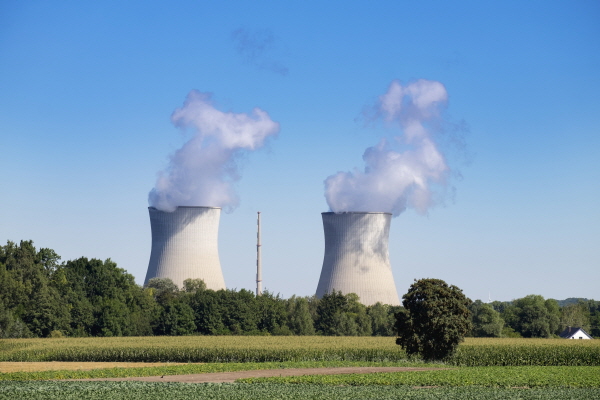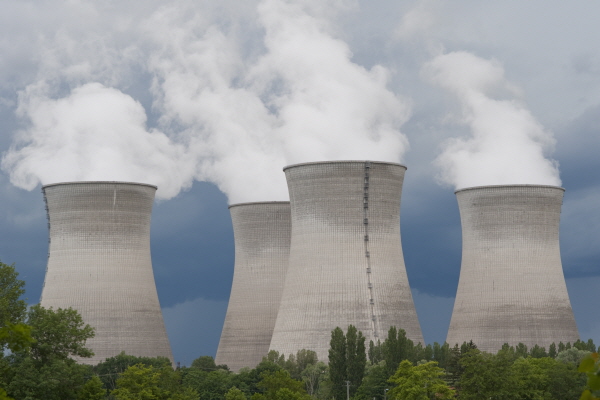Nuclear power plant system components and components performance qualification service
Nuclear power plants require performance qualification to ensure safety is a top priority and to ensure the safety and reliability of the power plant in the event of a possible accident. Therefore, the design life through qualification of performance and the structure, system equipment and parts in the event of an accident are guaranteed to operate normally.
ICR provides the best test facilities and specialists with nuclear equipment qualification services.
Product range
Nuclear Q Class and A Class Parts and Equipment
Nuclear power plants are classified into Class Q (safety Item), Class A (Augmented-Q), and Class S (Commercial item ) according to the importance of the facilities to protect the power generation facilities and ensure safe shutdown.
Electro 1E Class Equipment
Monitoring System,
Reactor Trip Switch Gear System
Air Conditioning Control System
Motor Control Panel
Inverter System
Power Supply
Indicator
Switch, Button, Relay, Cable, Electric element, Sensor, Fuse
Commercial Grade Item Dedication
Commercial Grade Item(CGI) means structures, systems or equipment or components that have not been designed and manufactured in accordance with nuclear quality assurance requirements.
Commercial Grade Item dedication(CGID) that are performed to make reasonable assurance that these general standard products (CGIs) satisfy safety functions in nuclear power plant equipment are performed.
EMC Qualification
The EMC qualification of electromagnetic waves is a test for controlling the emission amount of electromagnetic noise to a level or less specified by a standard so that electromagnetic noise emitted from an electronic device does not interfere with other electronic devices. In addition, the electronic device must have resistance to maintain the performance of the electronic device even under an external strong electromagnetic noise environment, and must ensure electromagnetic compatibility.
Environmental Qualification
The details of my environmental qualification are as follows, in order to evaluate the effects of environmental conditions such as temperature, pressure, radiation, and humidity on equipment and structures.
Aging Analysis
This method uses the Arrhenius equation to perform an environmental impact assessment of the material's life up to the end of the design life for thermal and radiation based on the material of the part. If the analysis shows that the material mechanism does not meet the design life and environmental conditions, it is necessary to consider the replacement life cycle through testing and component reselection.
Thermal Aging Test
Thermal aging test refers to a test that evaluates the performance of equipment by aging components through the life cycle of replacement through testing and the design life span through accelerated aging.
Nuclear power performance qualification must evaluate the impact on equipment and structures in the end of design life state, and a pre-conditioning process is applied as an interpretation or test to prove the end of design life state Performance evaluation.
Radiation Aging Test
This test verifies the radiation threshold of the radiation dose material in the nuclear power plant equipment and structure installation area. If the total radiation dose is not satisfied, parts must be replaced.
Environmental Strees Test
This test evaluates whether the environmental conditions in the installation area of nuclear power plant equipment and structures are satisfied, and tests based on the maximum and minimum values of temperature and humidity conditions. Also, when assembling aged parts and performing performance qualification, an initial operation test (Burn-In Test) is performed to eliminate the initial failure of equipment.
Thermal Cycling Test
The thermal cycle test is a test that evaluates the effects of components under sudden temperature conditions in the installation environment, and mainly tests components exposed to harsh environments such as terminal blocks and terminal lugs. Attempts are made to influence the components, primarily the deviation of maximum and minimum temperatures and the retention time, to evaluate the deformation and retention of function of non-metallic materials.
Related Test Service
-
Contact Person
- Im Dae Hyun
-
terry.im@icrqa.com
-
- Lee Sun Il
-
silee@icrqa.com



